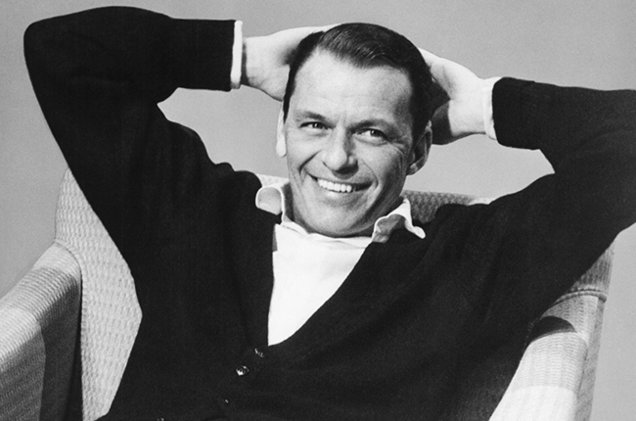
By Matt Micucci
By the late fifties, Sinatra was unhappy with the lack of artistic freedom he was experiencing at Capitol Records. He decided to take matters into his own hands, by recording his last songs for them in 1961, and after failing to acquire Verve Records, starting his own label named Reprise Records.
This landmark event in his career would land him the nickname of “chairman of the board”, a nickname which he apparently despised.
For the newly founded label, he recruited artists and friends such as fellow Rat Packers Dean Martin and Sammy Davis Jr., as well as his own daughter Nancy, who became part of its early formation.
Reprise was founded on two principles. One was that the artists would have full control over their record. The second was that at some points they would also be guaranteed full ownership of the rights of their own works, which explains why its early records were then re-issued by many other labels.
In the first three years with them, Sinatra recorded some of his most critically acclaimed works, beginning with the upbeat swing concept record named Ring-a-Ding-Ding!, in 1961. As the owner of his own label, he also enjoyed the freedom that allowed him to make vanity projects, and also step on the podium as conductor in his third instrumental album Frank Sinatra Conducts Music from Pictures and Plays (1962).
In 1962 he released Sinatra and Strings, which is possibly his most critically acclaimed album of this time, and marked his first collaboration with arranger Don Costa, who contributed to the sound of some of the most well known ballads in Sinatra’s repetroire, spearheaded by Strangers in the Night.
Later that year, he released his first studio collaboration with Count Basie and his Orchestra, simply entitled Sinatra-Basie, although an alternative title sees the addition of An Historic Musical First. Around this time, Sinatra had also started performing live with Basie an his Orchestra, and continued to do so for years including a performance at the Newport Jazz Festival in 1965 and a second album entitled It Might as Well Be Swing in 1964.
Another notable all ballads entry in his Reprise discography was The Concert Sinatra (1963), so called in reference to the huge 73-piece orchestra assembled and led by Nelson Riddle. This mastodontic project was recorded on 35mm film, and Sinatra meets the challenge of the gigantic sound provided by the orchestra with some of his most acclaimed vocal performances, most notably in the fourth track in the album, Ol’ Man River.
Sinatra sold the label to Warner Bros. Records in early 1963 due to insufficient sales. Reprise president Mo Ostin was retained as the head of the label and he went on to play a very significant role in the history of the Warner group of labels over the next four decades. The label’s attentions shifted prominently towards a younger target demographic, recruiting acts like The Kinks, Jimi Hendrix and seeing the rise of Nancy Sinatra as a teen idol.
Sinatra continued to release records on Reprise to great success, reaching a peak in 1965, at the age of 50, when his album September of My Year won a Grammy for Best Album and one of its singles It Was a Very Good Year one for Best Vocal Performance of the Year. By 1970, he seemed satisfied enough to call it a day for the first (and last) time, an event marked by his recording of My Way, penned by Paul Anka, one of his most representative hits. The retirement, however, would only last about two years.
